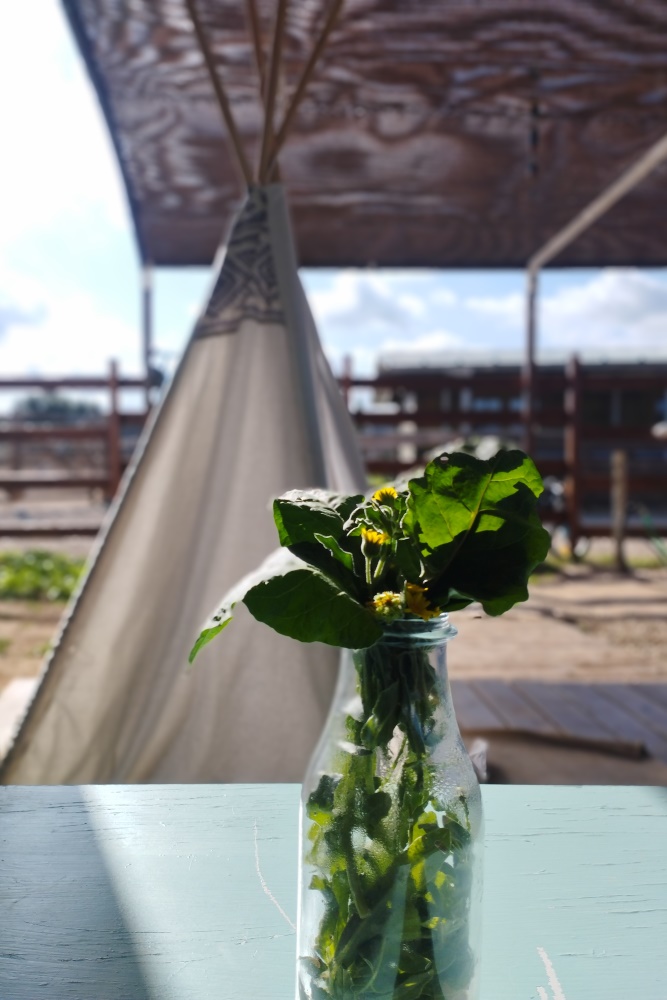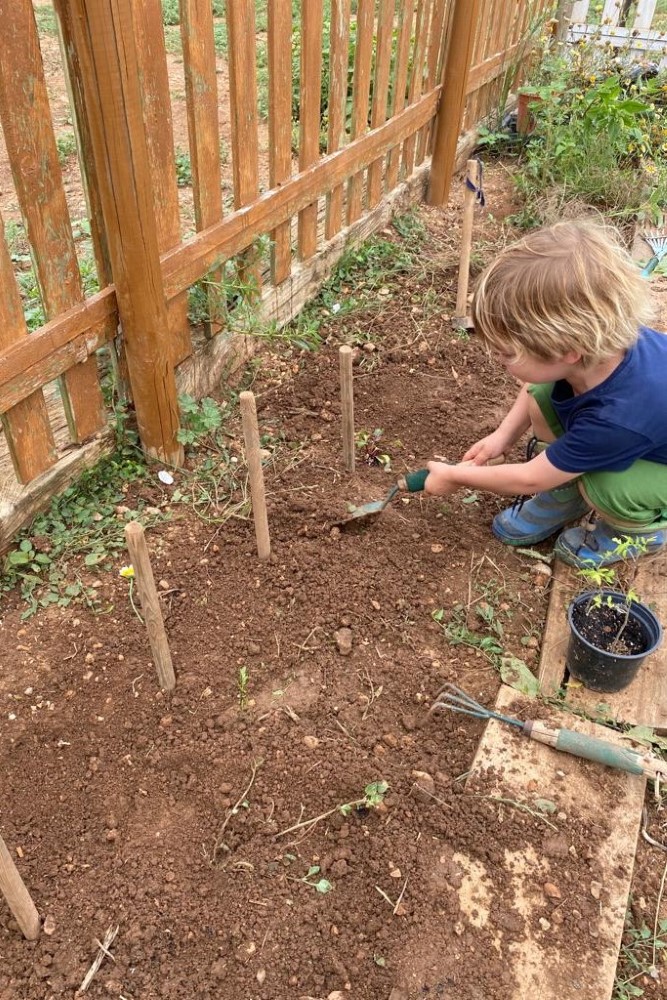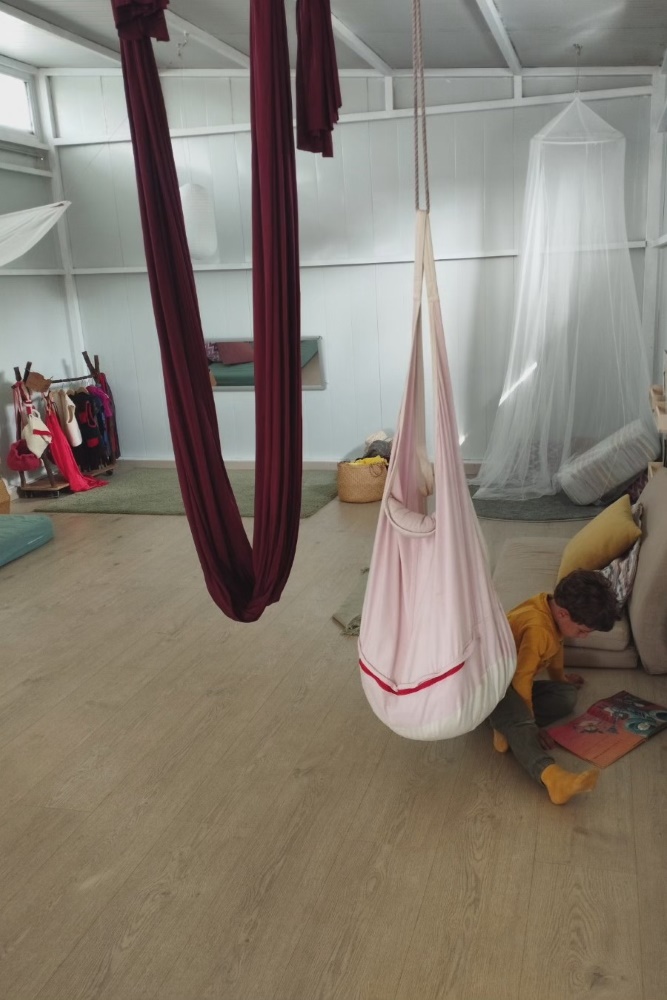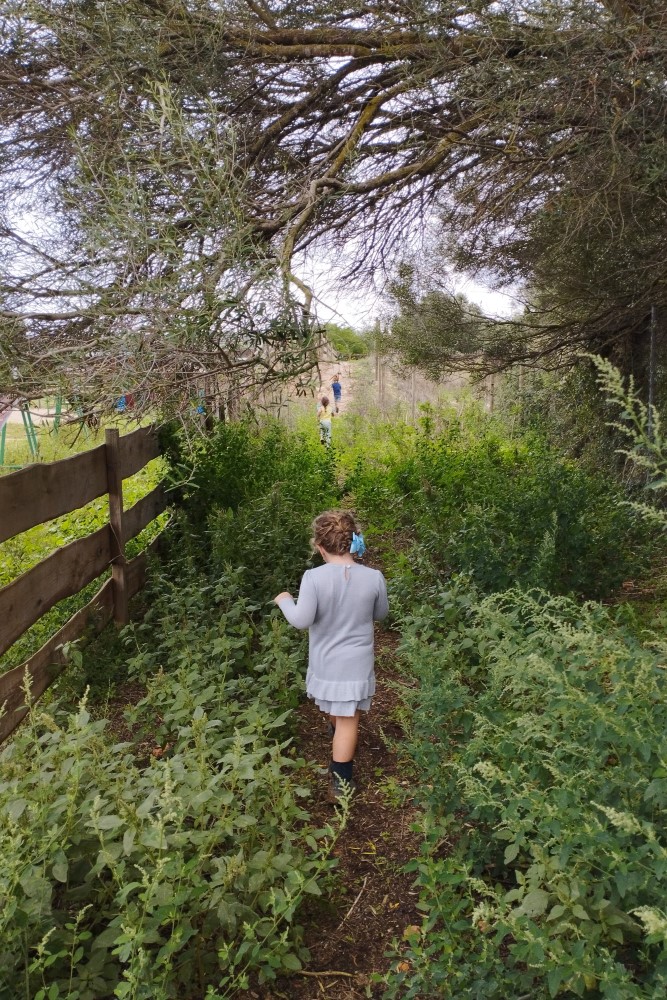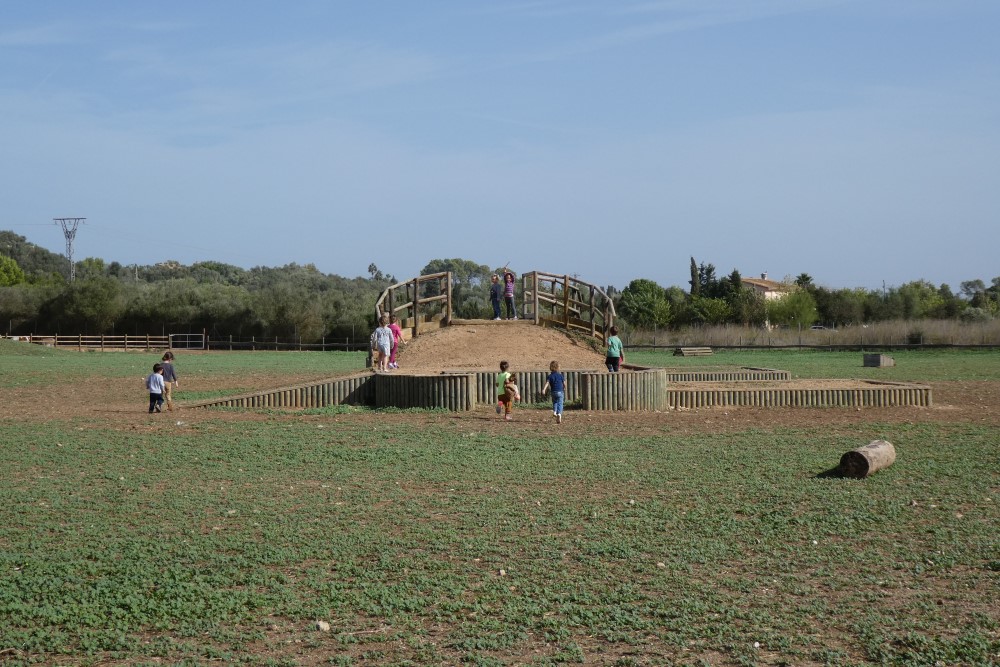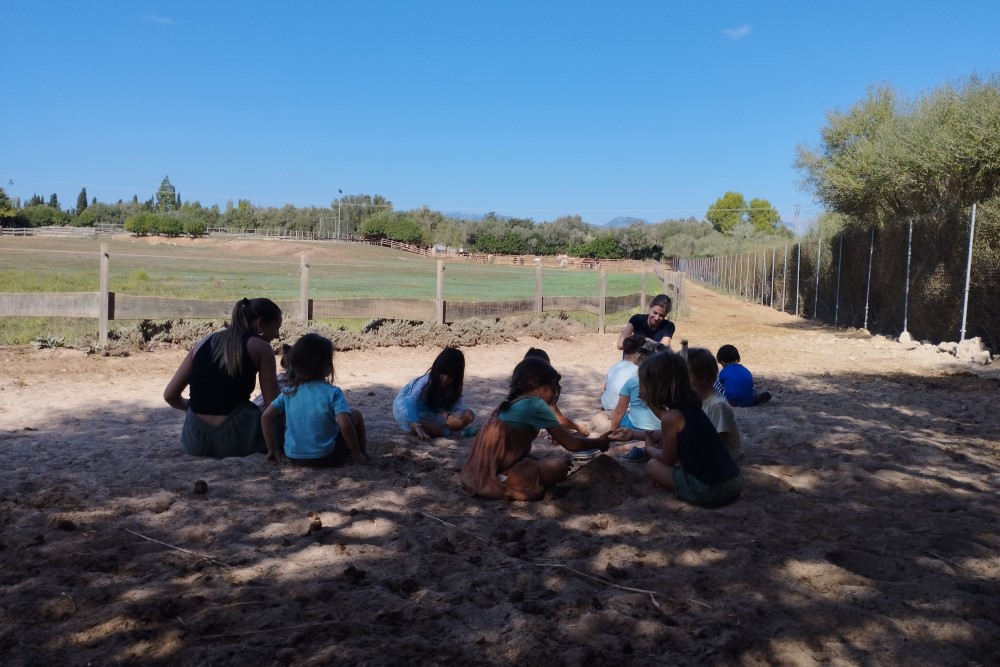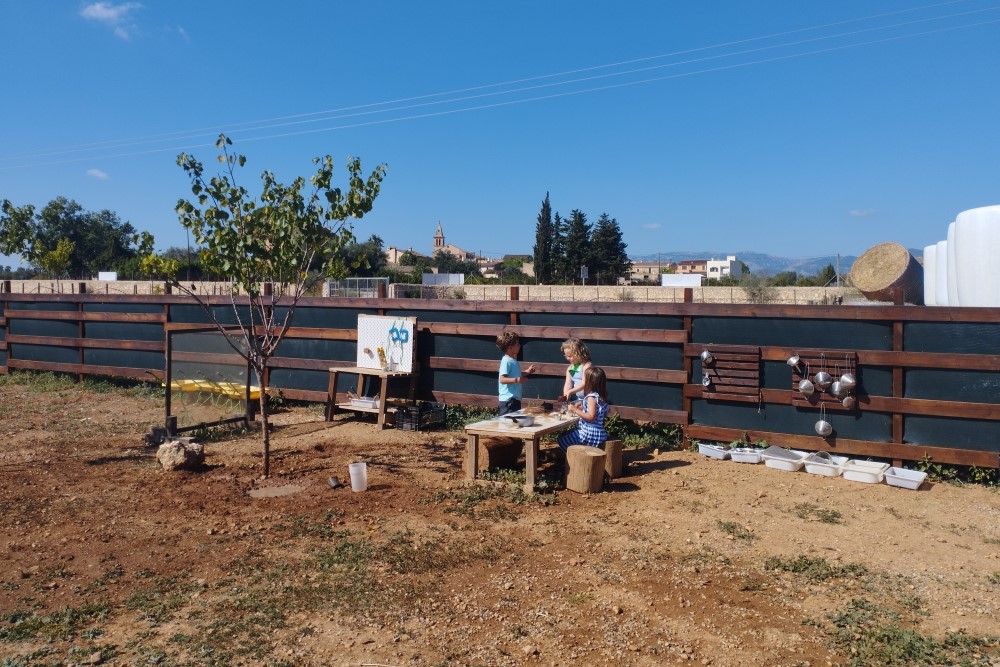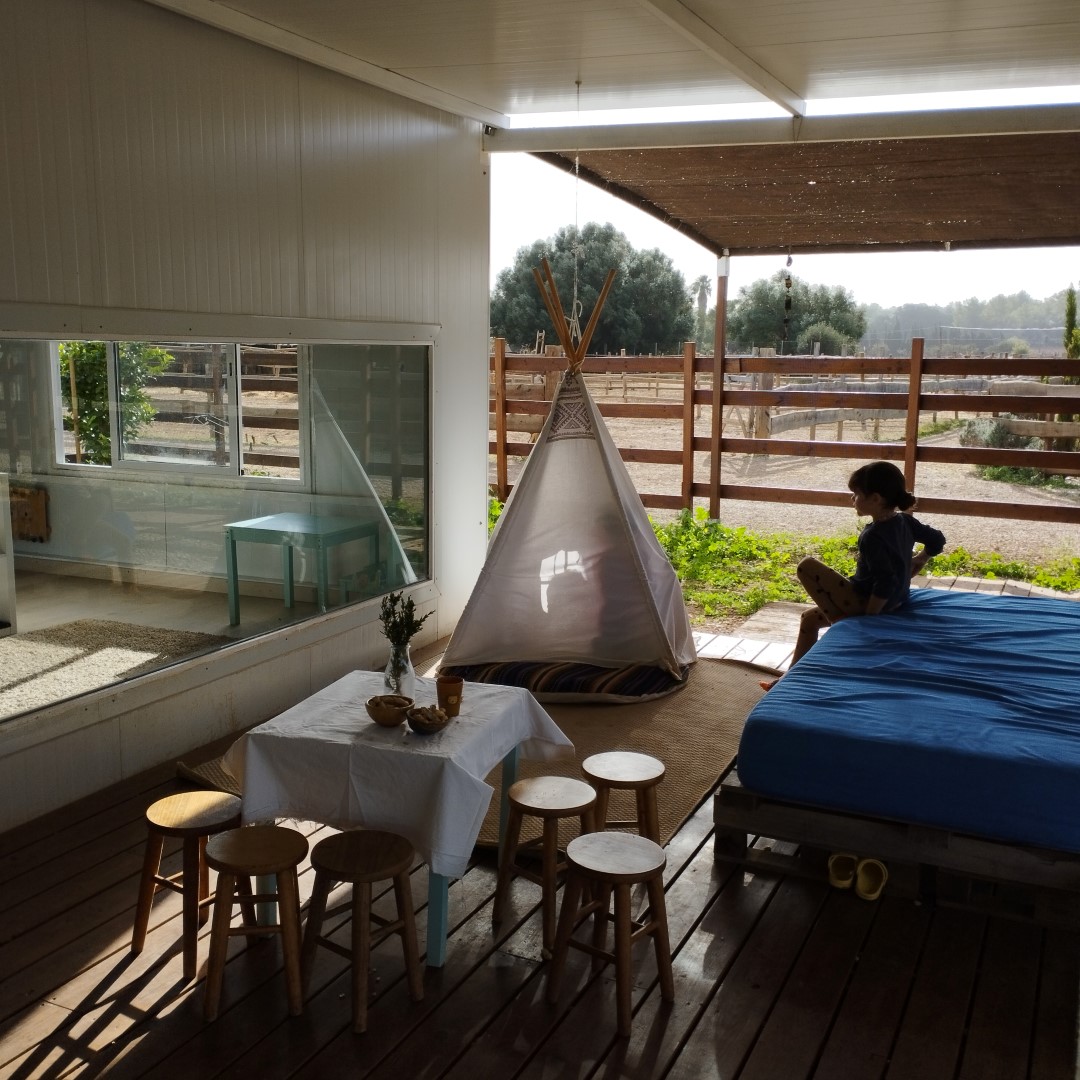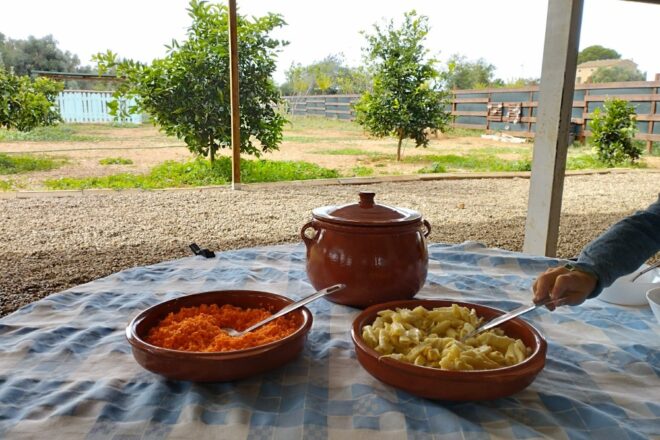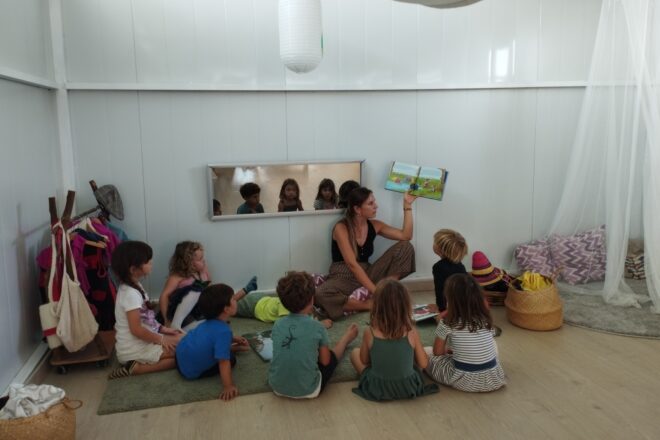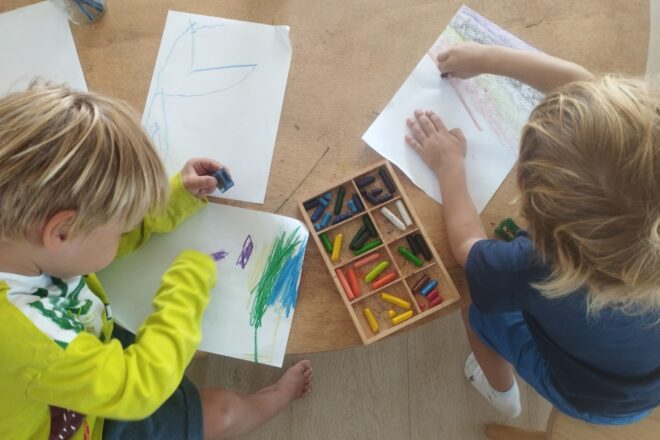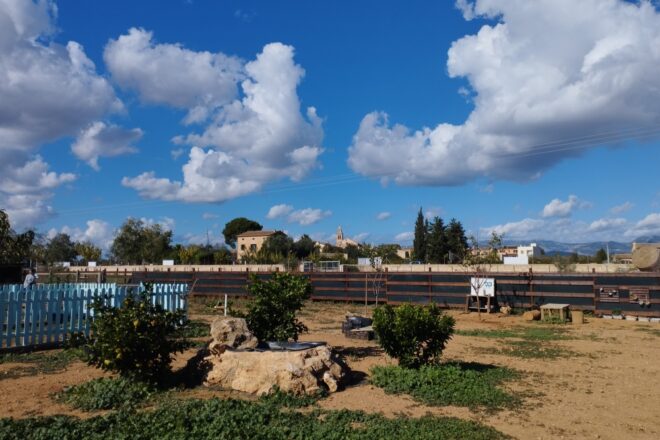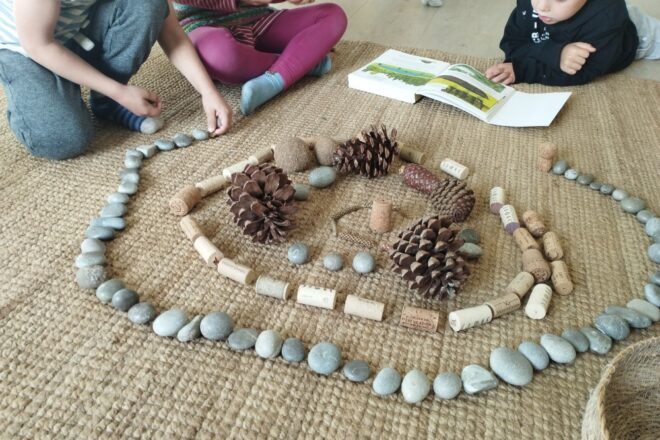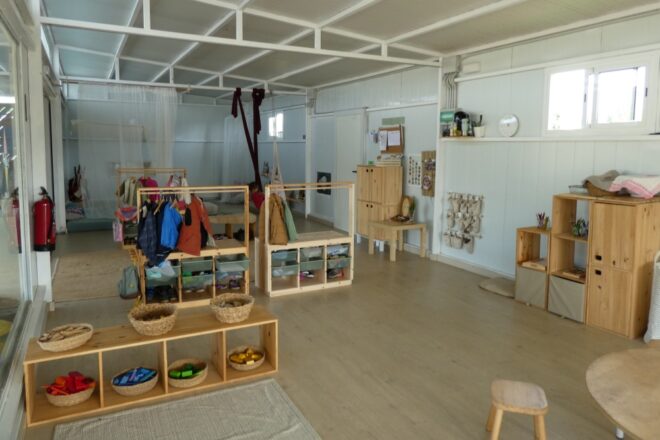The triangle sounds, children and accompanists come together to create the circle of ‘Bon dia!’. During this time, between approximately 9.45 and 10 a.m., we look at each other, we pay attention to those present in the circle, we mention those who have not arrived, we greet each other, we start the day, we sing songs according to the seasonal climate, we play with the calendar, we explain those things that we like to share… The circle is a moment of togetherness in which we also take the opportunity to discuss, give information, anticipate what will happen during the day, and even celebrate birthday rituals.
Month: March 2024
Free play and proposals
There are days when the game takes place in the movement space, others in indoor and outdoor spaces of the school and, once a week, it moves to the facilities of the Fundació S’HORT VELL (cross country, sand courts, corrals, area of wild olive trees, etc.)
A wide variety of games are on offer between 10am and 12.30pm, either indoors or outdoors. They can emerge from the children themselves, as well as from those accompanying them, and when we must take charge of our own environment: feeding the animals, watering the trees, tending the garden, collecting the eggs, preparing the sawdust, etc. Each child participates voluntarily in whatever interests him or her.
Throughout the free play day, fruit and nuts are available for the children on the porch tables.
Lunch time
At around 12.45h, we know that the free play time is over when we see María de Lluc, the cook at Els Molins school, arriving with lunch.
The dynamic of this moment leads us to tidy up our projects, wash our hands, set the table, and enjoy the meal. Each child, as they finish their meal at the pace they need, picks up their own dishes and washes them in the sinks.
Story
After lunch, at around 1:30pm, one of the adults accompanies the story time and explains it to the group of children interested in participating. It is a routine that helps the little ones to slow down after eating, encouraging the necessary time for the body to slow down while digesting, facilitating the children’s rest for those children who need to take a nap.
Relaxed leaving
After story time, families start arriving gradually from 2pm until 4pm. This is a time for the companions to exchange information with the child’s family and discuss how the day went. Slowly and calmly, each family says goodbye to the classroom and sets off for home.
What is Nexes?
If we had to define the concept of Nexes in a single sentence it would be this: “Nexes, an integral experience of education in nature”.
This concept gives the project its name and derivates from the Latin word for knot or interlacing. So, we understand Nexes as the approach, the connection, and the union of the child to nature and the processes that occur in it. Living in a natural environment implicitly offers a rich and valuable learning experience: respect, awareness, care, and appreciation of this nature that we live day by day and that, step by step, we understand.
With Nexes we want to give birth to a system in which the explosion of movement, the connection with the natural environment and animals, learning through free play, emotional awareness, and accompaniment from the respect for the needs of the stage and the individual rhythms of each child, are the main axes of the project.
This is a proposal aimed at the second cycle of infant education (for children between 3 and 6 years of age) that has been designed from a perspective of care and respect, considering the stage of development that children of these ages go through and their needs. The pedagogical project is developed by three professionals in the field of education, early childhood education teachers, trained in respectful pedagogy and continuously maturing their knowledge through the study of non-directive educational styles, family accompaniment, systemic pedagogy, animal-assisted interventions, among others.
The activity takes place at S’Hort Vell, the estate of the same name located at the gates of the village of Biniali (in the municipality of Sencelles), Mallorca.
Methodology
Both the team and the project draw on a variety of pedagogical sources, schools and authors that are based on respect and care for children, as well as full confidence in their abilities. We promote a lively and active pedagogy:
- Based on a thorough understanding of the developmental stage of children from 3 to 6 years of age.
- Respecting different learning rhythms and accepting their internal growth processes without making demands on them for which they are not biologically prepared.
- Linking learning to experience touching, exploring, feeling the content.
- Educating in a free-flowing environment where it is the child himself who goes in search of learning according to his needs and interests.
- Inhabiting spaces and environments that have been designed and cared for to meet the needs of children and invite them to participate.
- • Living the school as a living organism to where they can investigate, experiment, create, make mistakes, revise, learn, solve, enjoy…
Emmi Pikler, Montessori, Waldorf, Pestalozzi, Reggio Emilia (Malaguzzi) y las Escuelas Bosque, among others, are some of our references and pillars that make us work in an eclectic way.
We currently have many educational experiences of active pedagogies that have been in place for years, decades and even centuries; they work successfully due to the benefits they bring to the integral development of the child and are a worldwide reference. These methodologies are explained and analysed from science and have the recognition and support of many professionals and disciplines: science, neuroscience, psychology, education, paediatrics, philosophy, arts…
All of them have in common respect for children, confidence in their abilities, knowledge of the stages of development and consideration of individual rhythms through experiential learning in which children learn by doing and from experience.
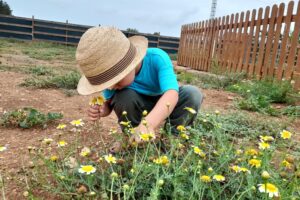
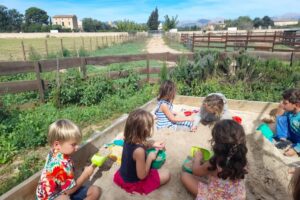

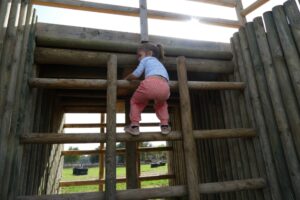
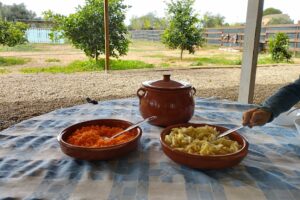
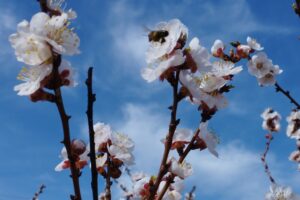
Spaces
The school has an indoor space as a reference building, which is open and directly connected to the natural outdoor space. The children can move freely through both environments as they need to, as both inside and outside there is an adult who accompanies the play. The interior space is always available during the day to meet the needs of rest or shelter, so that children can live in it autonomously. It has different areas for reading, experiments, constructions, unstructured material, mattresses and pillows, fabrics and swings, mirrors, costumes, tables for artistic expression…
The outdoor space at Nexesis where most of the symbolic play takes place and is made up of a large porch where we enjoy our meals, a vegetable garden area, chicken coop, experimental table/kitchen, tool corner, several small houses, pond with fish, fruit trees and various natural elements. At the same time, it can be connected to another outdoor space right in front of the school. We call it a space for movement as it has several ramps, swings, ropes and a climbing wall that invite children to play in a more active way.
In addition, the facilities of the Fundació S’HORT VELL are also part of our daily life, and we use them continuously when we visit the horses and ponies, go for food, or go on an excursion. So, the sand tracks, the cross country, the paddock paradise, the paddocks, or warehouses are also spaces that are filled with play when we set foot in them.
